American Revolution Ends with the Treaty of Paris
After Lord Charles Cornwallis surrendered to General George Washington in Yorktown on October 19, 1781, English officials reached the painful conclusion that the war was simply too costly to continue. Not only was the war in North America expensive to prosecute, but it was also a distraction from England’s defense of their more lucrative possessions elsewhere in the world, such as the sugar islands in the Caribbean and trading posts in India.
Additionally, America was 3,000 miles from Britain, but France and Spain were only across the English Channel, and both had significant navies. Consequently, England decided the time had come to end the war.
Peace negotiations commenced in Paris in April 1782. The United States contingent was a real powerhouse. It included Benjamin Franklin, one of the most recognized men in the world, John Jay, the future first Chief Justice of the Supreme Court, Henry Laurens, Ambassador to The Netherlands, and John Adams, our future President.
When discussions began, the British still held some significant possessions in America, namely Charleston and New York, as well as all of Canada and numerous western forts and trading posts. Additionally, since the Continental Army was not very active in 1782, the British were in no hurry to finalize the details of the treaty.
By September, no progress had been made regarding the final terms of the treaty. While France, England, The Netherlands, and America wanted peace, Spain insisted on continuing the war until they captured Gibraltar from the British. At that point, France’s Foreign Minister Vergennes suggested that the United States be granted independence, but its boundary be established east of the Appalachian Mountains. Additionally, Britain would retain all land north of the Ohio River, while Spain would take possession of all lands south of it.
Gilbert Stuart. “John Jay.” National Gallery of Art.
This ludicrous proposal would have left America a weak nation, with thousands of miles of hostile borders, and with no possibilities for expansion. Our negotiators wondered at France’s true motives and Jay and Adams wisely decided to bypass the French and open direct negotiations with England, and Franklin did not interfere. As Jay stated, “This court chooses to postpone an acknowledgement of our independence by Britain…in order to keep us under their direction.”
The result was a tentative agreement between England and the United States, reached in November 1782, that essentially established the final terms to end the war. The deal they struck was surprisingly generous to the United States, including fishing rights, access to the Mississippi River, and all the land between the Appalachians and the Mississippi, and from the Ohio River to the Great Lakes. Most importantly, England acknowledged the independence of the United States.
The new British Prime Minister Lord Shelburne, who had replaced Lord North after the Yorktown debacle, was receptive to the idea. He reasoned that a strong America would be less dependent on France and had the potential to be a great trading partner. The terms Shelburne proposed granted the United States its independence, all lands east of the Mississippi River and south of Canada, as well as fishing rights in the Canadian Atlantic. By all accounts, these terms were very generous.
There were also provisions that called for Loyalists to have their property returned to them and to allow British creditors to collect what they were owed by Americans. These last two stipulations would prove to be a source of friction in years to come.
The favorable terms obtained by our team of negotiators in the Treaty of Paris have proven critical to our nation’s success. If France had gotten their way, the United States would have ended on the eastern slopes of the Appalachians, with Canada extending to the Ohio River, and Spain occupying the area from there to the Gulf of Mexico.
The formal agreement, known as the Treaty of Paris, was signed by Franklin, Jay, and Adams, and British representative David Hartley, on September 3, 1783. By choosing to negotiate directly with England, the American delegation had secured terms that allowed for the United States to grow and fulfill its manifest destiny.
Agreeing to the terms of the Treaty of Paris turned out to be easier than enforcing them. For instance, eight British-occupied forts that were supposed to be evacuated “with all convenient speed” were not permanently abandoned until 1795 with the signing of the Jay Treaty.
There was also the matter of returning confiscated property to the Loyalists who supported the Crown during the Revolution. Although American negotiators and the Continental Congress agreed to this stipulation, most of the states refused to comply and many Loyalists never did get fair compensation for their losses.
Interestingly, Ben Franklin and John Adams can truly be said to have been present at the beginning and the end of the American Revolution, as they are the only two men who signed both the Declaration of Independence and the Treaty of Paris.
Next week, we will discuss the Newburgh Conspiracy. Until then, may your motto be “Ducit Amor Patriae,” love of country leads me.

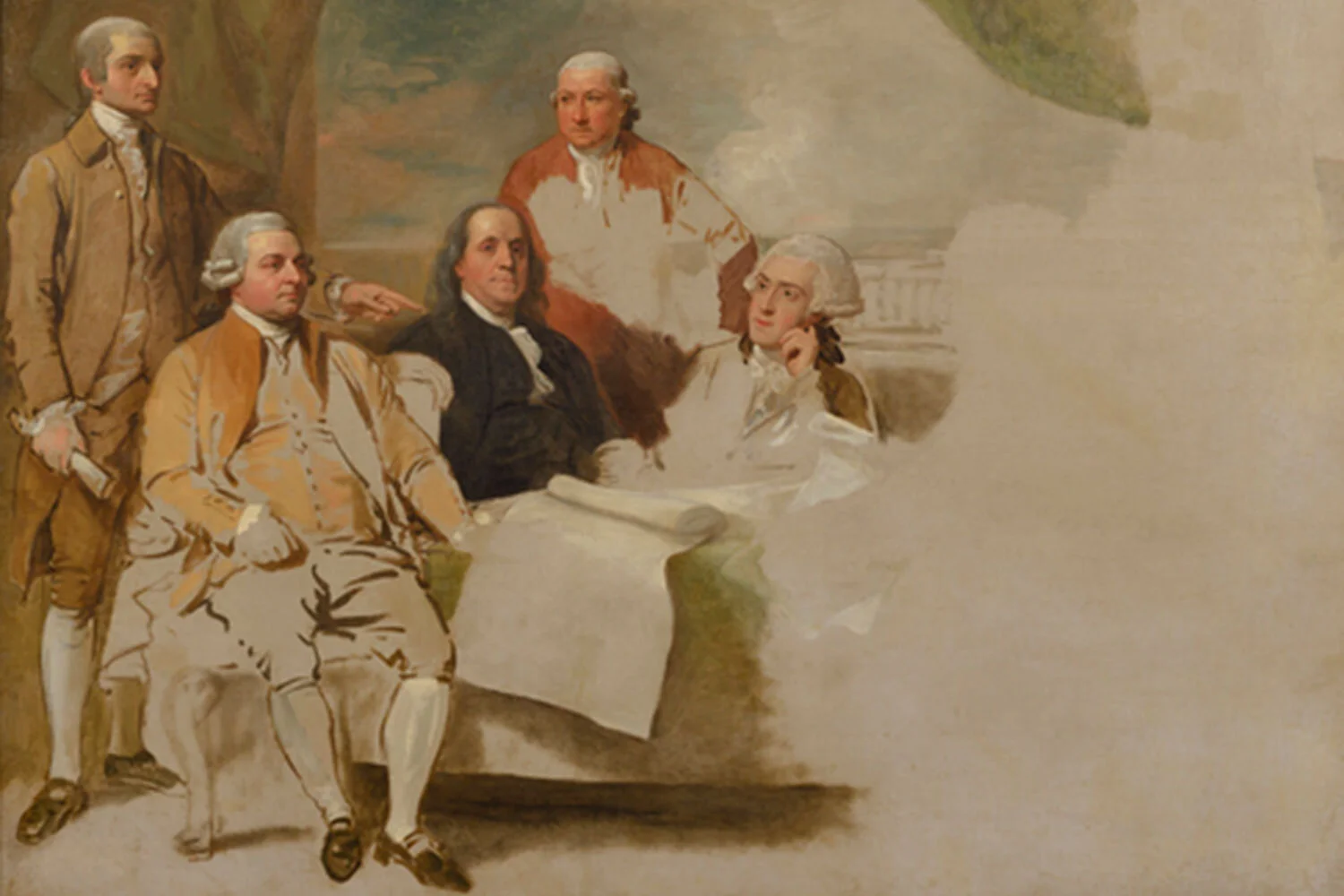
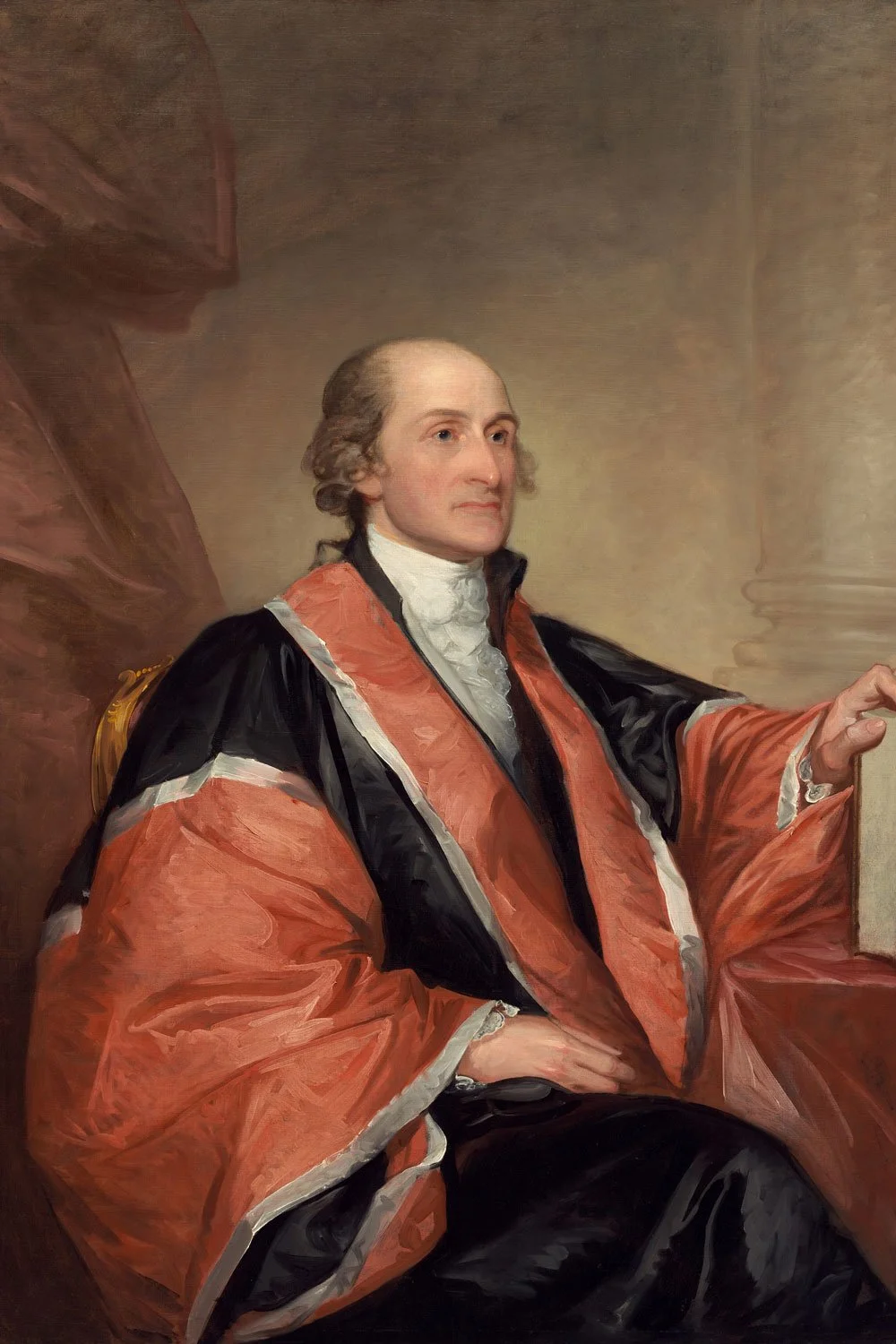



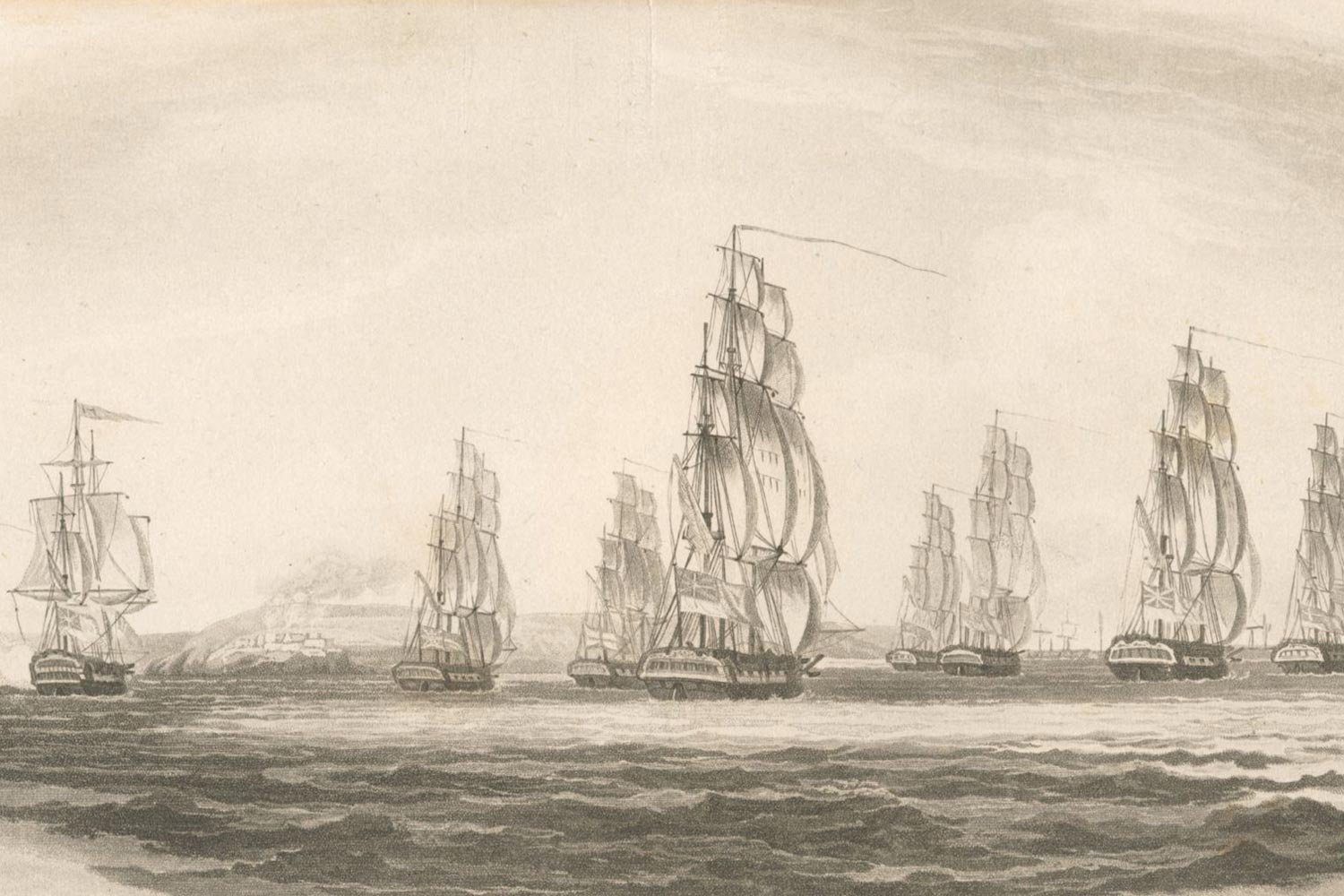
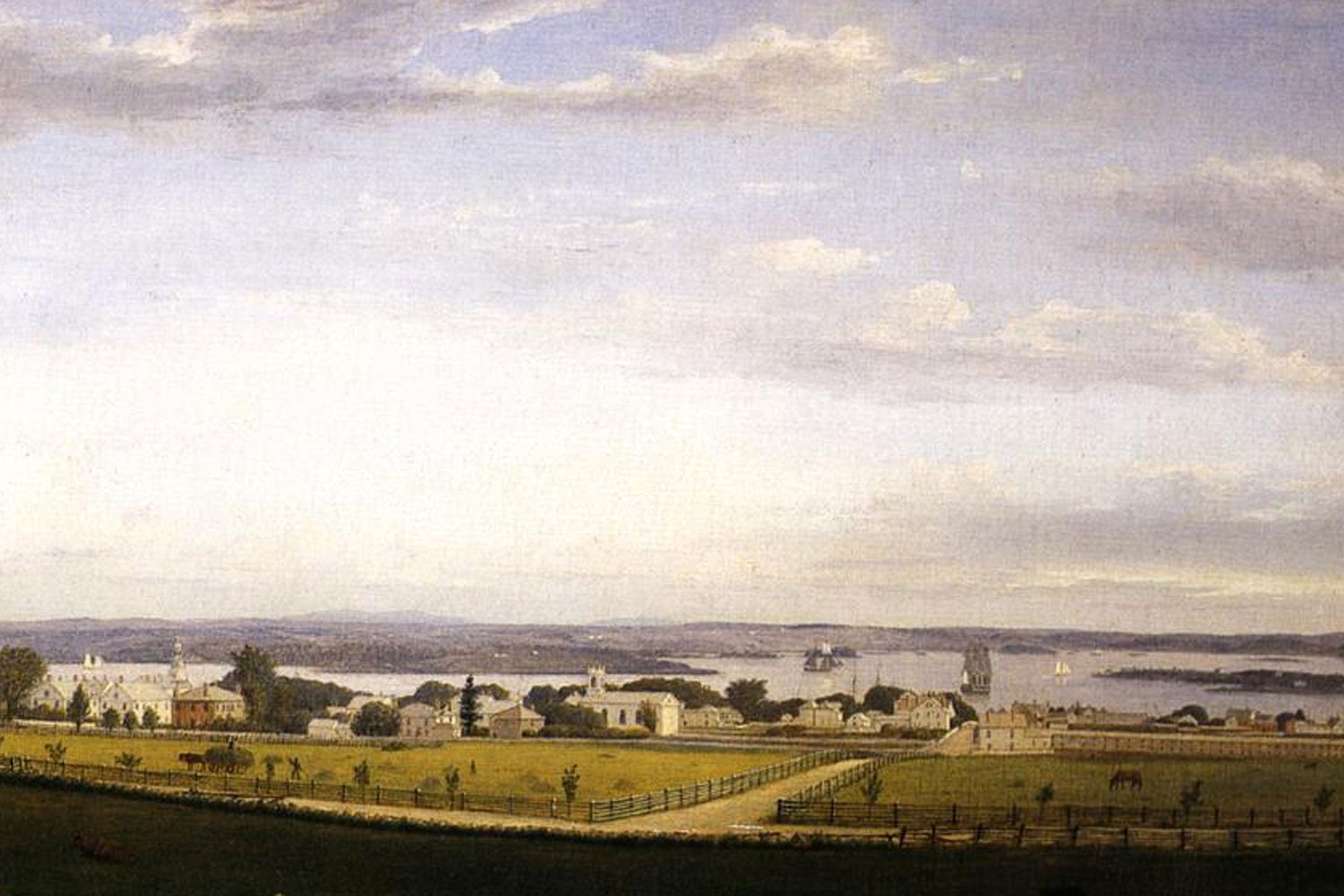
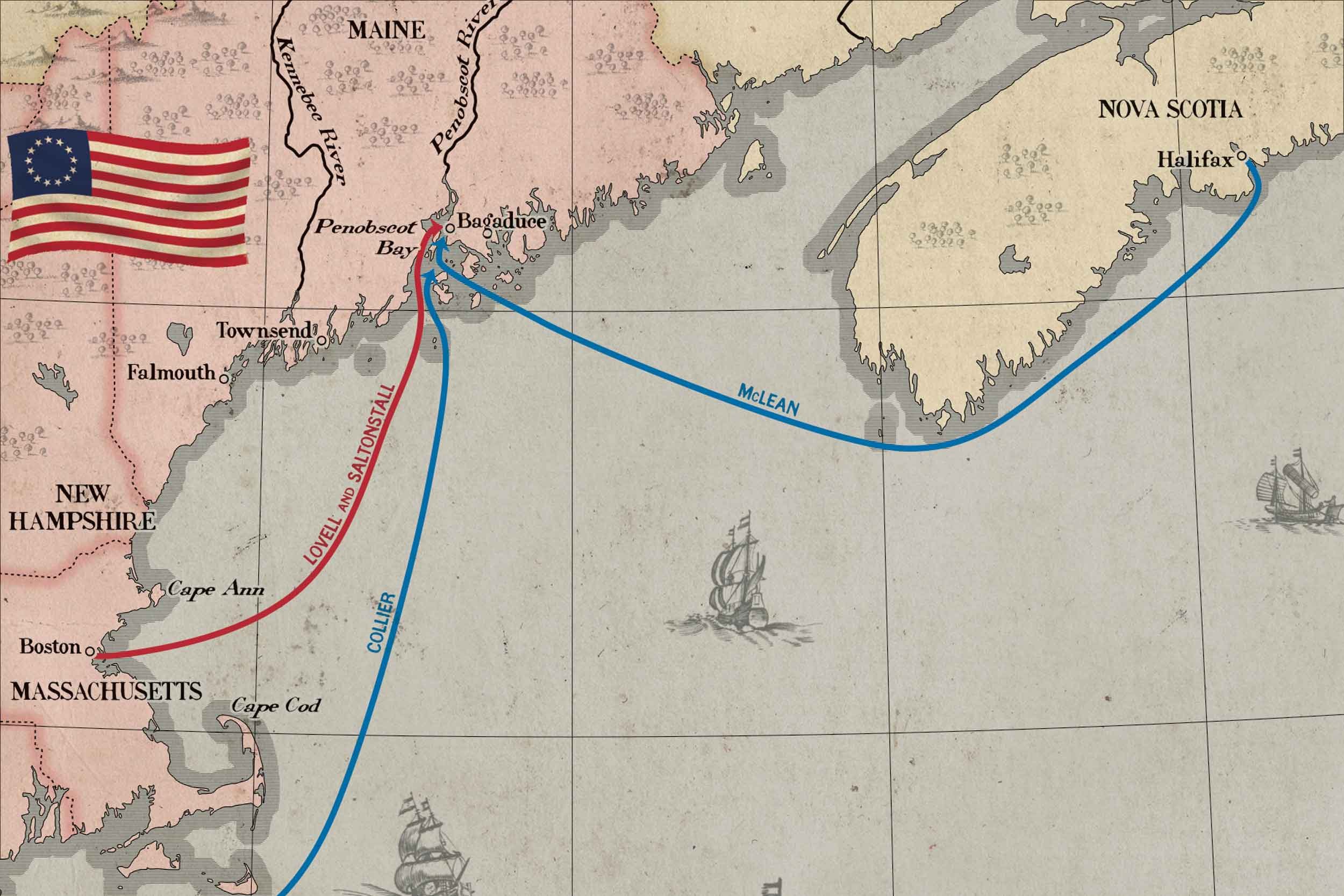
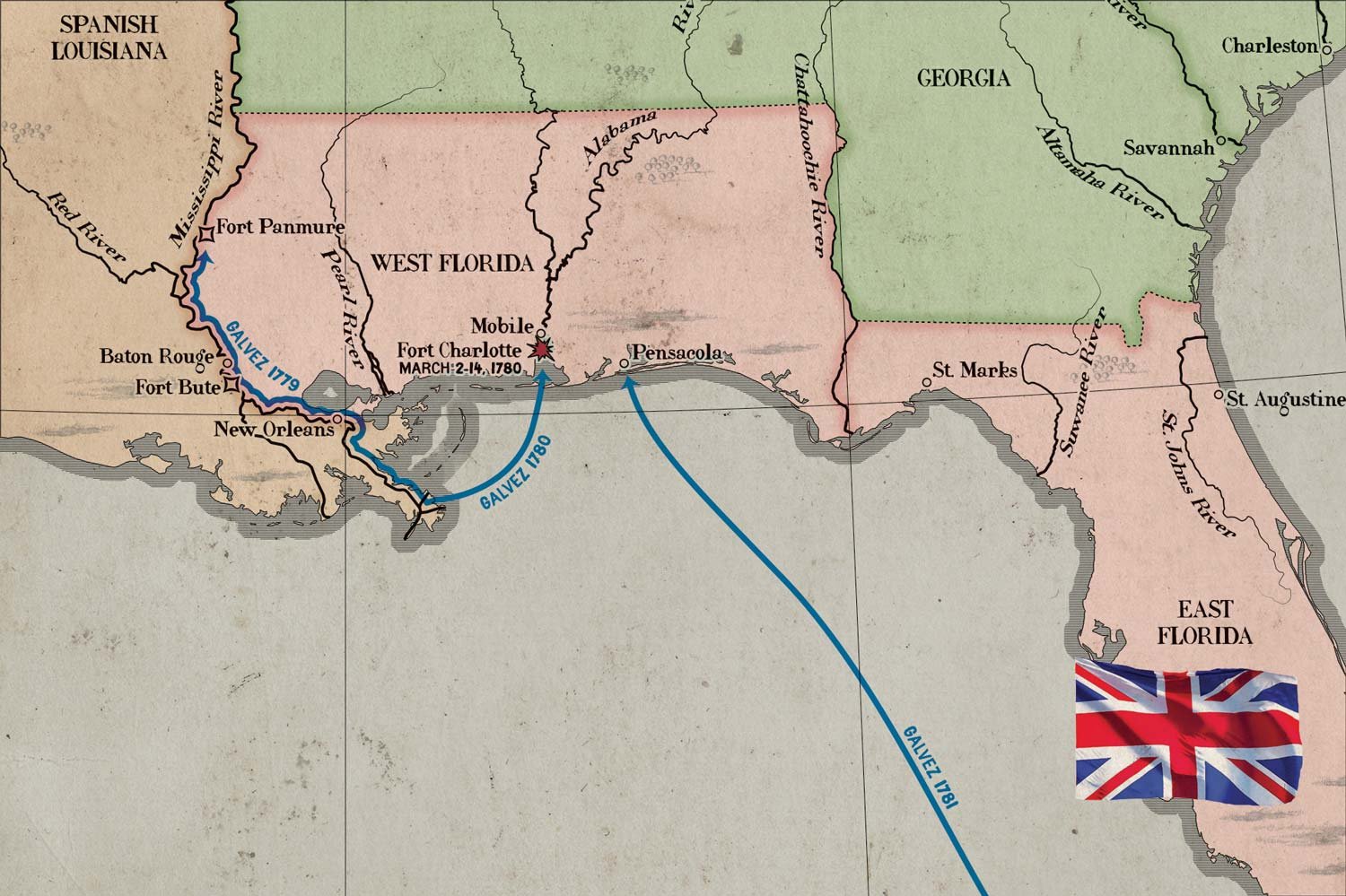
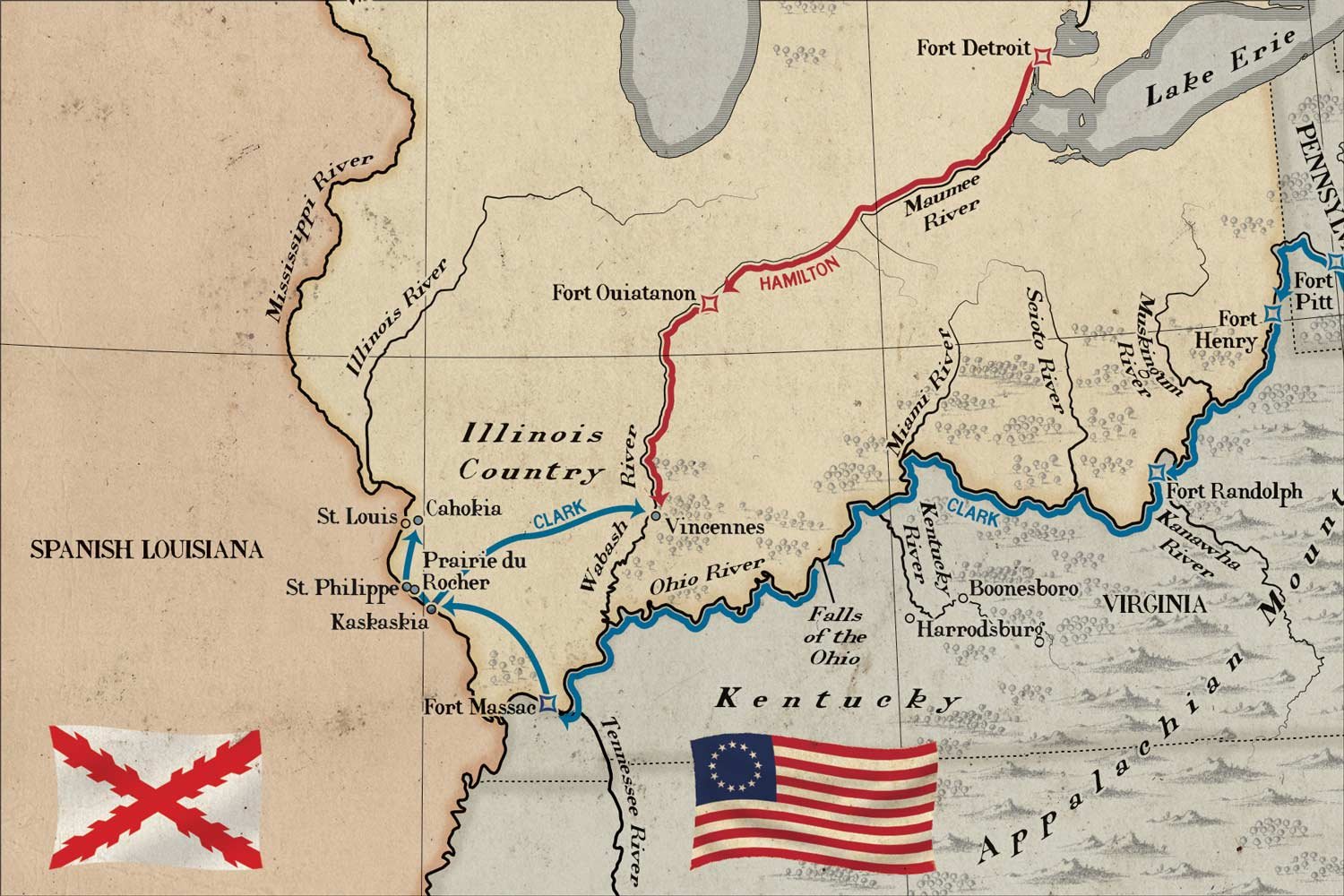
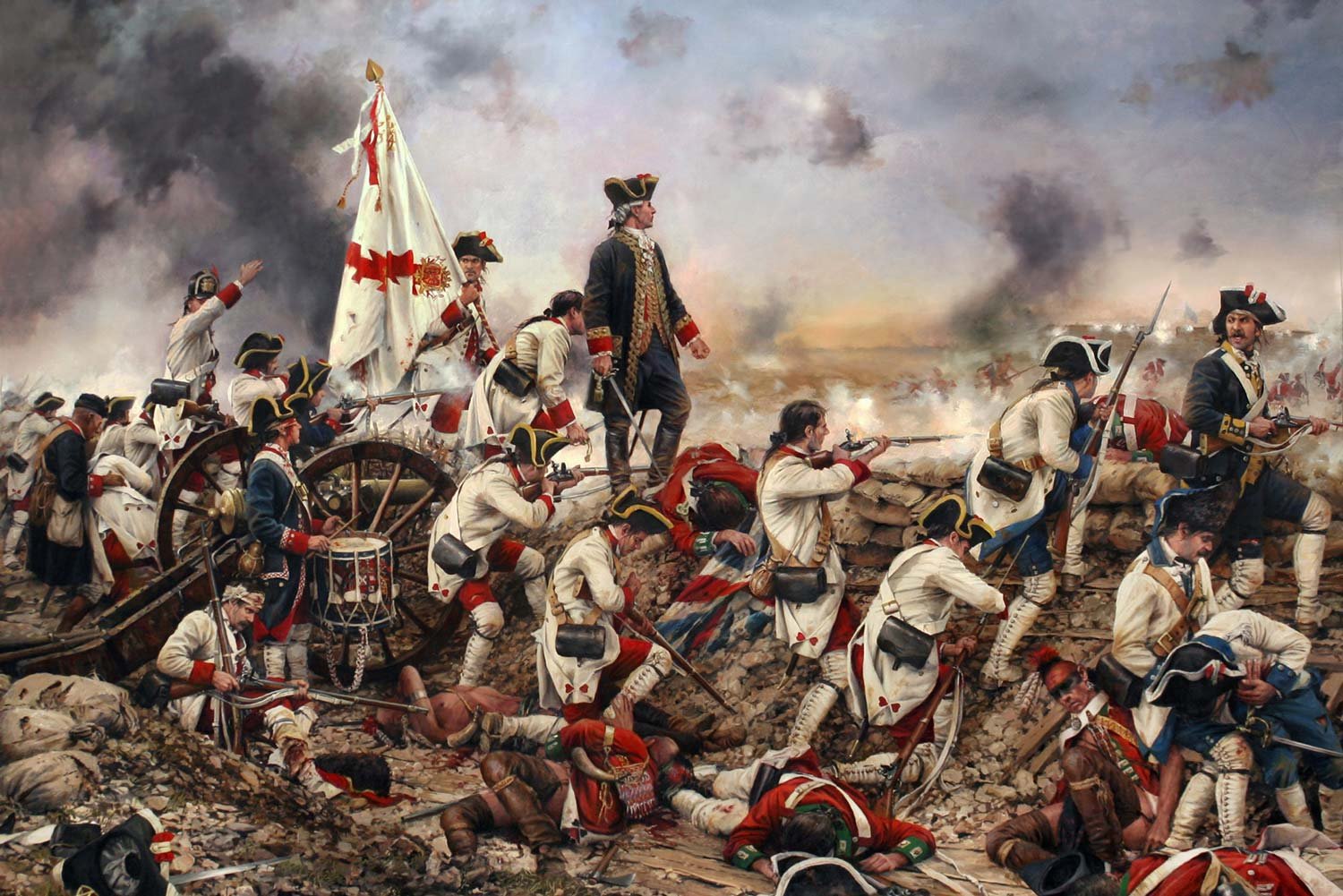
General George Washington led his Continental Army and the French Army under General Jean-Baptiste de Rochambeau into Virginia in mid-September 1781. The combined force was on its way to Yorktown and its appointment with destiny with the entrapped British command of General Lord Charles Cornwallis.